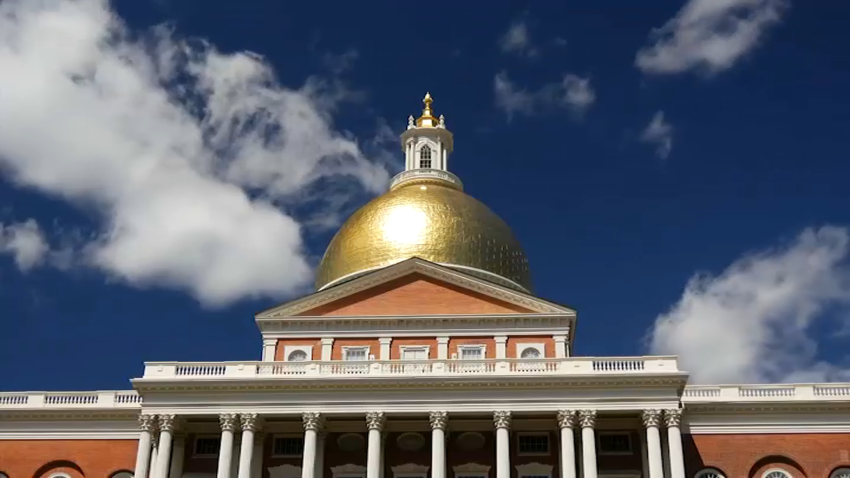

The Latest
-

Reigning champ Celtics get ready to face Magic in NBA playoffs
The Boston Celtics will face the Orlando Magic in the first round after winning the championship last year
-

Porzingis talks helping Brown manage injury: ‘He looks good'
Kristaps Porzingis shared how he has advised Celtics teammate Jaylen Brown on dealing with his knee injury heading into the playoffs.
-

Every No. 4 overall NFL Draft pick in the last 10 years
The Patriots have the fourth overall pick in the 2025 NFL Draft. Here are each of the No. 4 picks from the last 10 years.
-

Leaders demand explanation for ICE smashing car window during New Bedford arrest
Calls are growing for U.S. Immigration and Customs Enforcement to answer for its actions after a Guatemalan couple was forcefully removed from their car in New Bedford, Massachusetts
-

Crowd-sourced 2025 NFL Mock Draft: Pats fans get Drake Maye some help
Phil Perry is giving power to the people. Here are the nine Patriots selections fans made in Perry’s crowd-sourced 2025 NFL Mock Draft.
-

One more Aurora chance in New England? Solar storm could light up the sky
The past year has seen a fair share of Northern Lights viewings, as we are in an active period of the sun cycle. This time, it’s thanks to a double eruption from the sun that launched two coronal mass ejections on April 12 and April 13. The first of those blasts already hit Earth’s magnetic field, with a G3 or…
-

Popular fast food chain plans expansion in Mass. with up to 15 new locations
Fast food giant Chick-fil-A has announced plans to expand its footprint in Massachusetts, with up to 15 new locations over the next couple of years.
-

200 laid off or furloughed at UMass Medical due to NIH cuts
UMass Chan Medical School is already feeling the cuts in federal funding to its scientific research enterprise.
-

Boston City Council considers plans for Tania Fernandes Anderson's resignation
Boston City Councilor Tania Fernandes Anderson has said she intends to resign her seat representing District 7, which could trigger a special election
-

Man found sleeping in car in middle of I-495 leads police on 100 mph chase
A Massachusetts man who was found sleeping in his vehicle, stopped in the middle lane of Interstate 495, was arrested on drunken driving and firearms charges after he woke up and sped off, leading police on a pursuit at speeds up to 100 mph. State police said they received a call around 1:13 p.m. Wednesday of a dark-colored vehicle that…... -

Five biggest X-factors for Celtics who could spark another title run
Which players will step up for the Celtics and provide key performances toward winning a title? Check out our five X-factors to watch.
-

Mass. House moving forward with plan for bigger budget for next year
Democrats in the Massachusetts State House will push for a significant increase in state spending after months of voicing discomfort about federal funding uncertainty and economic upheaval.
-

Local man leads Lexington Minute Men into historic Patriot's Day reenactment
Steve Cole steps into the boots of Captain John Parker, the leader who rallied the Lexington Minute Men to continue fighting fighting during the Battle of Lexington in 1775









